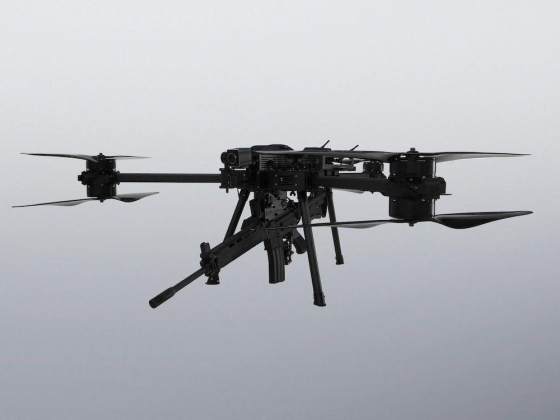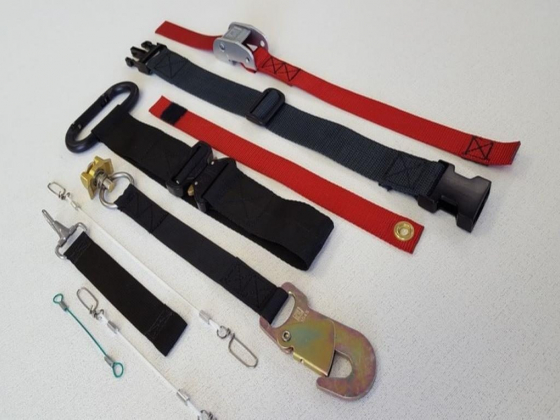Human Factors Integration in Air Traffic Management System Design

Human Factors Integration in ATM System Design
In aviation, Human Factors/Ergonomics (HF/E) is traditionally closely linked to safety. The way safety is understood in the discipline of HF/E determines how HF/E approaches system design. Today, safety is often measured by its absence, by recording and evaluating critical events, for example. A safety report then usually contains the number and severity of incidents that have occurred in a specific period. However, it rarely describes the actual safety status of the organisation.
For several years, progressive safety experts and scientists have been developing new and pro-active approaches to capturing and understanding safety in complex systems. It is not so much a question of recording when the system is not functioning but rather of understanding successful operation. This is where HF/E needs to question whether they want to design safety or just prevent unsafety. A proactive design of safety in this new perspective goes far beyond prevention and risk mitigation. An active role for HF/E in system design is becoming even more important, considering that the degree of automation is increasing with each system generation. New technologies, digitisation and artificial intelligence (AI) are considered as a reliable source for more capacity and efficiency. However, confidence in technology alone without further investment in HF/E will likely result in less safety, capacity and efficiency. To achieve the anticipated benefits through more technology, it is all the more important to understand the overall system with its complex interactions and dependencies. Who, if not HF/E can provide a significant contribution to this? Currently, however, HF/E seems not well integrated in the actual design process of air traffic management (ATM) systems. This whitepaper proposes basic principles for a better integration of HF/E in system design. These are:
1. Build joint design teams and do not treat HF/E as a mandatory add-on
2. Make a coherent user-centred-design rationale your HF/E product
3. Strive for a short, iterative user-centred design process
4. Derive objective HF/E criteria instead of relying on user opinions
5. Evaluate as early as possible with the help of prototypes
6. Select appropriate conditions for evaluation: Evaluate day-to-day operations as well as critical situations
7. Support the problem-solving process during implementation by facilitating trade-offs
8. Do a proper problem-setting in the first place whenever possible to understand your actual problem and the underlying mechanisms and needs
9. Be ready to participate in strategic decisions and introduce a purpose-orientated view of technology
The application of these principles supports organisations in better integrating HF/E into practice, which is urgently needed for the challenges to come: Not just for better user acceptance, but also to ensure that the anticipated benefits through more automation and technology are effectively realised.
Ref: Go >
by Prof. David D. Woods
Automation provides powerful capabilities, but capability, however advanced, is not a solution by itself to system goals. These capabilities need to be integrated with responsible human roles to create a joint system that can adapt fluently to handle inevitable occurrences of exceptions, anomalies and surprises. Human experience and expertise are critical for robust and resilient performance even as technology advances enable operations at increasing scale to achieve economic and throughput goals.
As technologies that are more powerful are deployed, human roles change emphasising more sophisticated forms of coordination and supervision of technological assets. As technology grows more powerful, it is clear that the risks from complexity penalties also increase. When disruptions, anomalies and surprises occur, effects can cascade more quickly or widely, the tempo of operations increases, quickly challenging the ability to keep pace with changing situations, uncertainty can grow, undermining the ability to reconfigure resources or re-plan decisively, workload on human roles can spike suddenly, coordination across roles and scopes of responsibility become more difficult.
Solutions to manage complexity penalties that accompany technology advances depend on utilisation of human-centred system design techniques and principles. Fundamentally, this means designing technology to be a cooperative partner in shared activities so that the human-machine team can be highly responsive to handle disrupting events. This white paper provides a guide to facilitate the design of technology and automation that supports the human contribution to robust and resilient system performance.

























